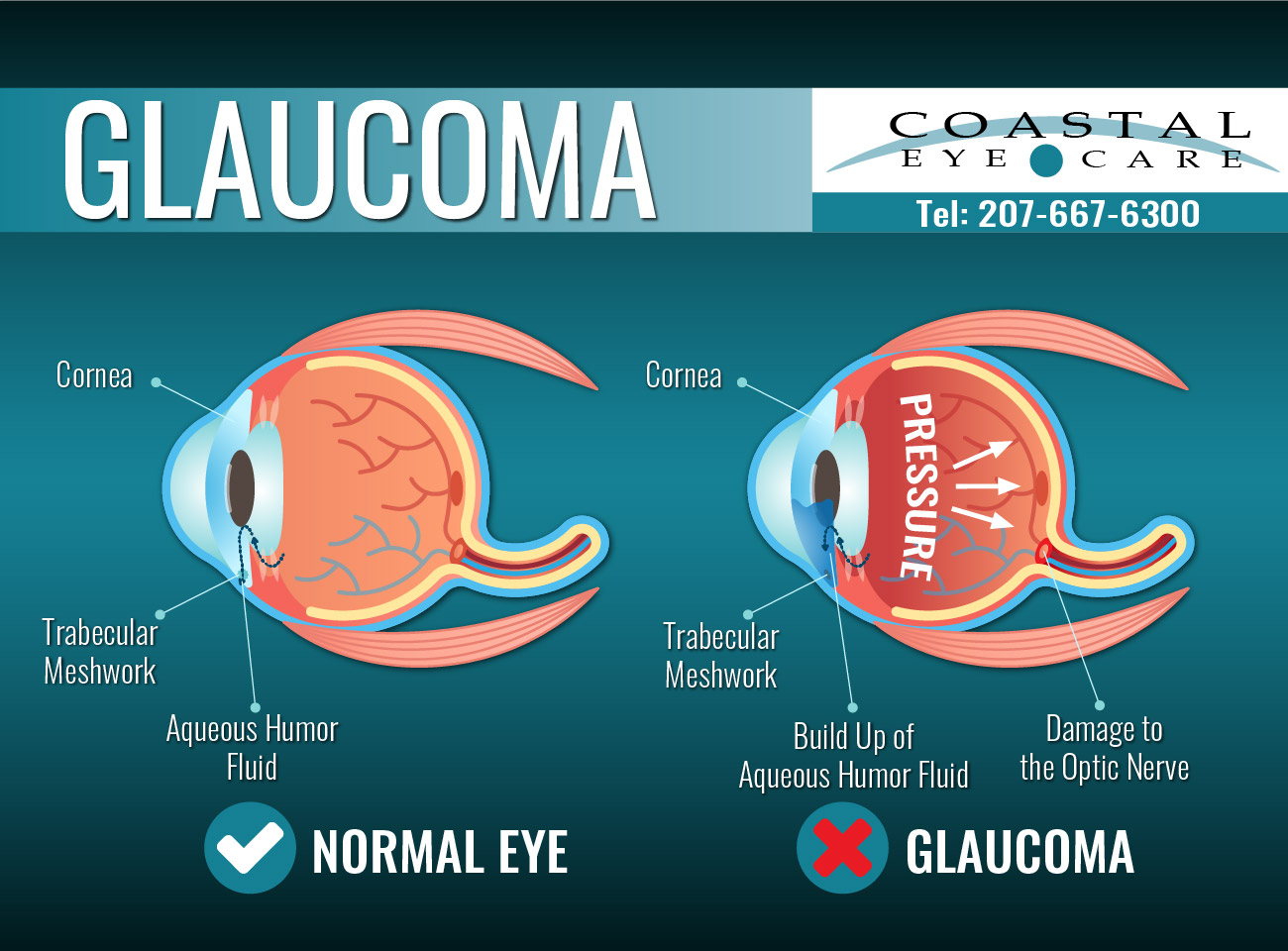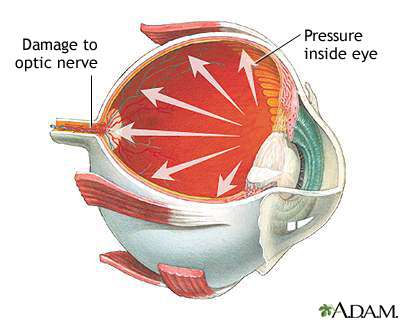Comprehensive Retina Service Near Me: Specialist Take Care Of Your Vision
Comprehensive Retina Service Near Me: Specialist Take Care Of Your Vision
Blog Article
Understanding the Various Vision Improvement Procedures Available for Clearer View
In the realm of vision modification treatments, a wide variety of options exist to deal with refractive errors and supply people with more clear sight. From the commonly recognized LASIK surgery to much less intrusive treatments like PRK and implantable lenses, the area of ophthalmology provides a series of techniques customized to match different needs and choices. Each treatment comes with its own set of factors to consider, benefits, and prospective risks. Comprehending the nuances of these vision correction methods is important for making educated decisions regarding one's aesthetic health. Allow's check out the complexities of these treatments and shed light on the path to attaining enhanced vision clearness.
LASIK Surgical Treatment
LASIK surgical procedure is an usual refractive treatment utilized to remedy vision troubles such as farsightedness, nearsightedness, and astigmatism. This surgical method, which stands for Laser-Assisted in Situ Keratomileusis, aims to reshape the cornea to boost exactly how light is focused on the retina, inevitably enhancing vision clearness.
One of the key benefits of LASIK surgical procedure is the fast improvement in vision experienced by people. In general, LASIK surgical treatment is a popular choice for people seeking a lasting solution for their vision issues.
PRK Treatment
While additionally a common refractive procedure, the PRK (Photorefractive Keratectomy) method differs from LASIK surgical treatment in its strategy to fixing vision problems. In PRK, instead of developing a flap on the cornea, the external layer of the cornea, called the epithelium, is completely removed. This permits the laser to improve the cornea to deal with refractive mistakes such as farsightedness, astigmatism, and nearsightedness straight externally.

Despite the longer recuperation time, PRK can yield exceptional results in vision renovation, making it an important alternative for those that might not appropriate prospects for LASIK surgery.
Implantable Lenses
In contrast to PRK where the cornea is improved directly, implantable lenses supply an additional method for fixing vision by placing fabricated lenses inside the eye. This treatment is particularly helpful for individuals with high degrees of astigmatism, farsightedness, or nearsightedness who may not appropriate prospects for laser surgical procedures like LASIK or PRK.
Implantable lenses, likewise recognized as phakic intraocular lenses, work by supplementing the eye's all-natural lens with a synthetic one. refractive surgeries in al. These lenses can be positioned in front of the all-natural lens (former chamber) or behind the iris and before the all-natural lens (posterior chamber) By adjusting the power and positioning of these lenses, ophthalmologists can successfully deal with refractive errors and boost visual acuity
One advantage of implantable lenses is that they are exchangeable and detachable, supplying versatility for future adjustments. Nevertheless, similar to any type of operation, there are risks involved, such as infection or cataract development. Patients taking into consideration implantable lenses should seek advice from an eye treatment professional to figure additional info out one of the most suitable choice based on their individual requirements and eye health.
Corneal Rings
Corneal rings, also called intracorneal ring segments, are little, clear gadgets put right into the cornea to remedy vision distortions such as keratoconus. Keratoconus is a condition where the cornea thins and bulges outward, creating vision to become altered. The insertion of corneal rings assists to flatten the cornea, enhancing visual acuity and reducing the irregular astigmatism brought on by keratoconus.
The procedure for putting corneal rings is reasonably quick and minimally invasive, often done as an outpatient procedure. During the surgical procedure, the ophthalmologist makes a small laceration in the cornea and inserts the rings at a certain depth. As soon as in position, the rings assist to reshape the cornea, supplying a smoother surface area for light to get in the eye, which can lead to clearer vision.
Corneal rings are considered a relatively easy to fix procedure, as they can be removed or changed if necessary. refractive surgeries in al. While they may not completely remove the demand for glasses or call lenses, corneal rings can substantially improve vision quality and total visual comfort for individuals with keratoconus or other corneal irregularities
Refractive Lens Exchange
Adhering to the improvement of corneal irregularities with treatments Source like corneal rings, one more vision improvement strategy that can deal with refractive mistakes is Refractive Lens Exchange (RLE) RLE is a procedure that entails replacing the eye's all-natural lens with a fabricated intraocular lens (IOL) to fix refractive mistakes such as presbyopia, farsightedness, and nearsightedness. This treatment is particularly helpful for individuals that might not appropriate prospects for treatments like LASIK or PRK as a result of aspects such as thin corneas or high refractive errors.

Final Thought
In verdict, there are different vision adjustment treatments available to help individuals accomplish clearer sight. LASIK surgical procedure, PRK treatment, implantable click here to read lenses, corneal rings, and refractive lens exchange are all alternatives that can resolve different vision issues. It is necessary for individuals to consult with their eye care supplier to identify the most appropriate procedure based upon their certain needs and choices. With innovations in innovation, achieving improved vision is currently extra accessible than in the past.
In the realm of vision improvement procedures, a multitude of options exist to address refractive mistakes and provide people with clearer sight.LASIK surgical procedure is an usual refractive treatment utilized to deal with vision problems such as nearsightedness, astigmatism, and farsightedness.While also a common refractive treatment, the PRK (Photorefractive Keratectomy) method differs from LASIK surgical procedure in its strategy to correcting vision troubles.Complying with the correction of corneal irregularities with procedures like corneal rings, one more vision adjustment method that can resolve refractive mistakes is Refractive Lens Exchange (RLE) LASIK surgical procedure, PRK treatment, implantable lenses, corneal rings, and refractive lens exchange are all options that can deal with various vision concerns.
Report this page